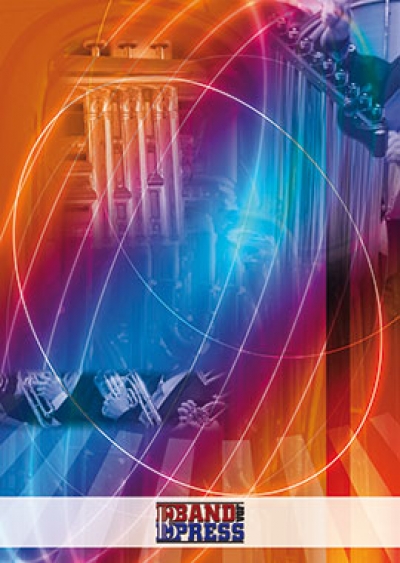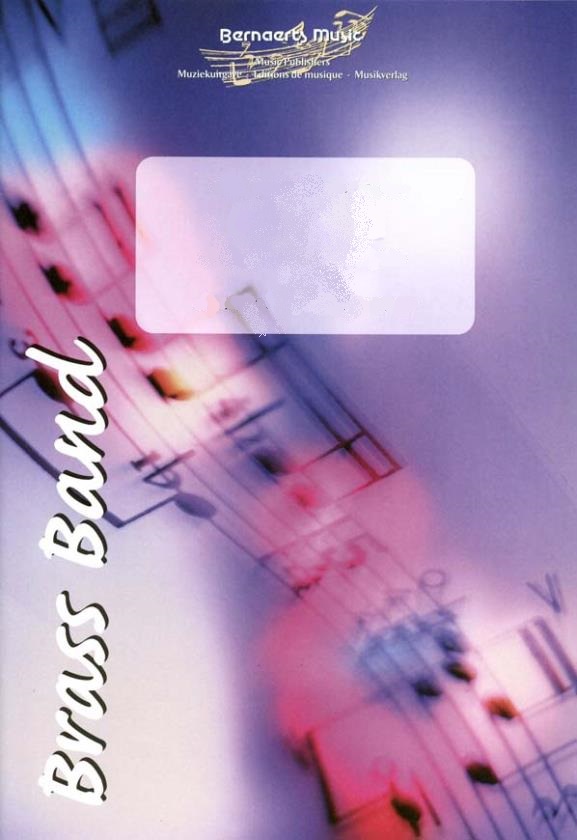Results
-
 £29.95
£29.95Prayer of Childhood (Cornet Solo with Brass Band - Score and Parts)
Leslie Condon made a huge impact on the lives of many he encountered. His compositions ranged from extended brass works to simple choral songs. Prayer of Childhood, originally composed for children to sing, is based on the verses which commence 'Gentle Jesus, meek and mild'. The simplicity of the melodic line is its strength and compliments the text so beautifully.Duration: 2.30
Estimated dispatch 7-14 working days
-
 £24.00
£24.00Evening Prayer (Cornet Duet with Brass Band - Score and Parts)
This beautiful music is from the end of Act 2 of the opera Hansel and Gretel by German composer Engelbert Humperdinck (1854-1921). The duet is a prayer by the brother and sister as they seek the protection of angels before falling asleep on the forest floor. The opera, Humperdinck's most famous composition, is based on the fairy tale by the Grimm brothers, and has libretto by the composer's sister. It was first performed in December, 1893.
Estimated dispatch 7-14 working days
-
£35.00
LIVIN' ON A PRAYER ??"Bon Jovi , arr Chris Wormald
Estimated dispatch 7-14 working days
-
£30.00
LORD'S PRAYER from King of Kings - arr L.Baker
Estimated dispatch 7-14 working days
-
 £72.00
£72.00A Little Prayer - Glennie Evelyn - Vertommen Luc
Estimated dispatch 7-14 working days
-
 £79.00
£79.00I say a little prayer - Bacharach Burt - Hillary Nick
Estimated dispatch 7-14 working days
-
 £57.00
£57.00The Prayer - Bayer-Sager Carole - Vertommen Luc
Estimated dispatch 7-14 working days
-
 £43.20
£43.20 -
 £37.20
£37.20 -
 £70.99
£70.99The Prayer
Estimated dispatch 7-14 working days
